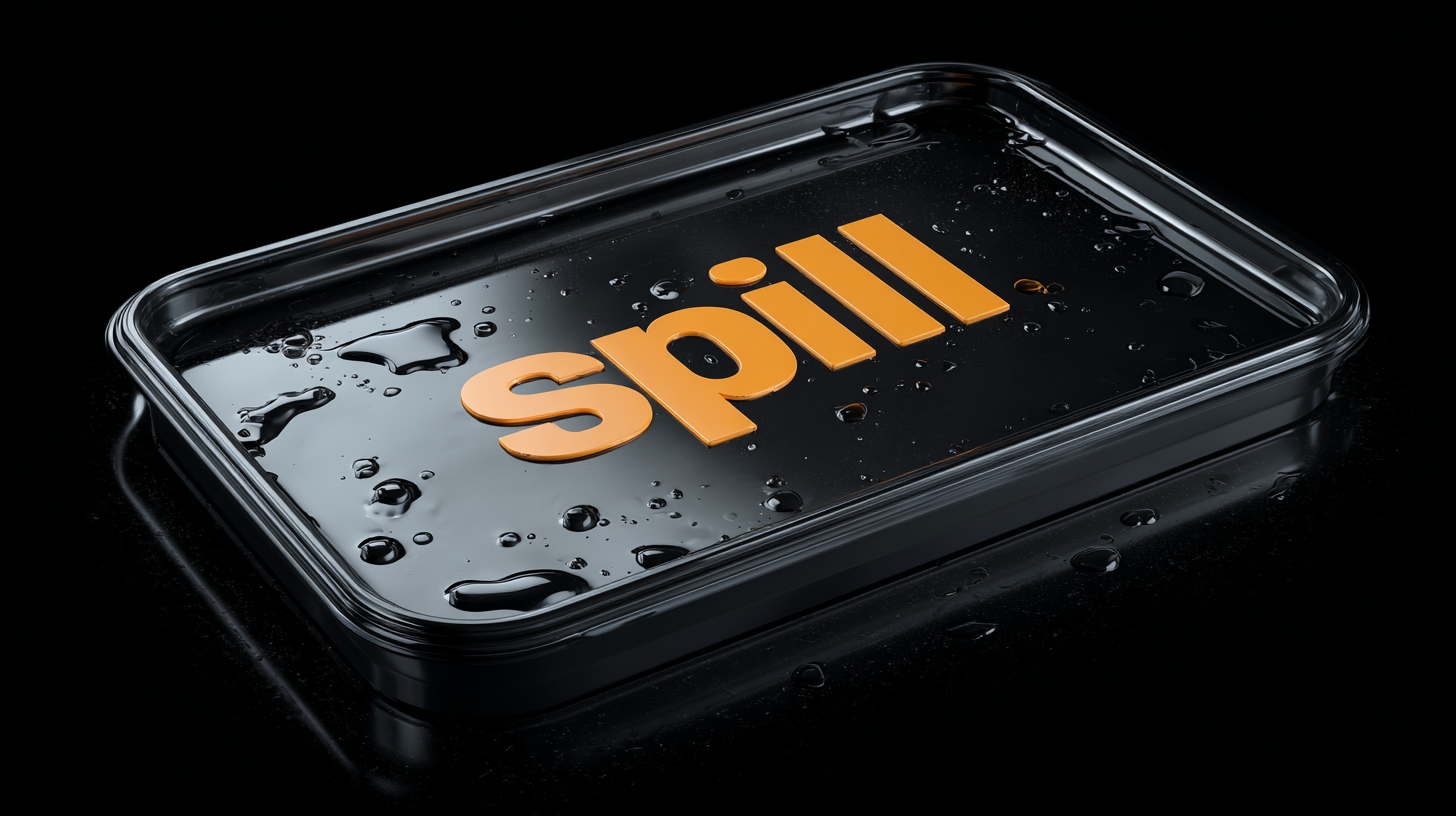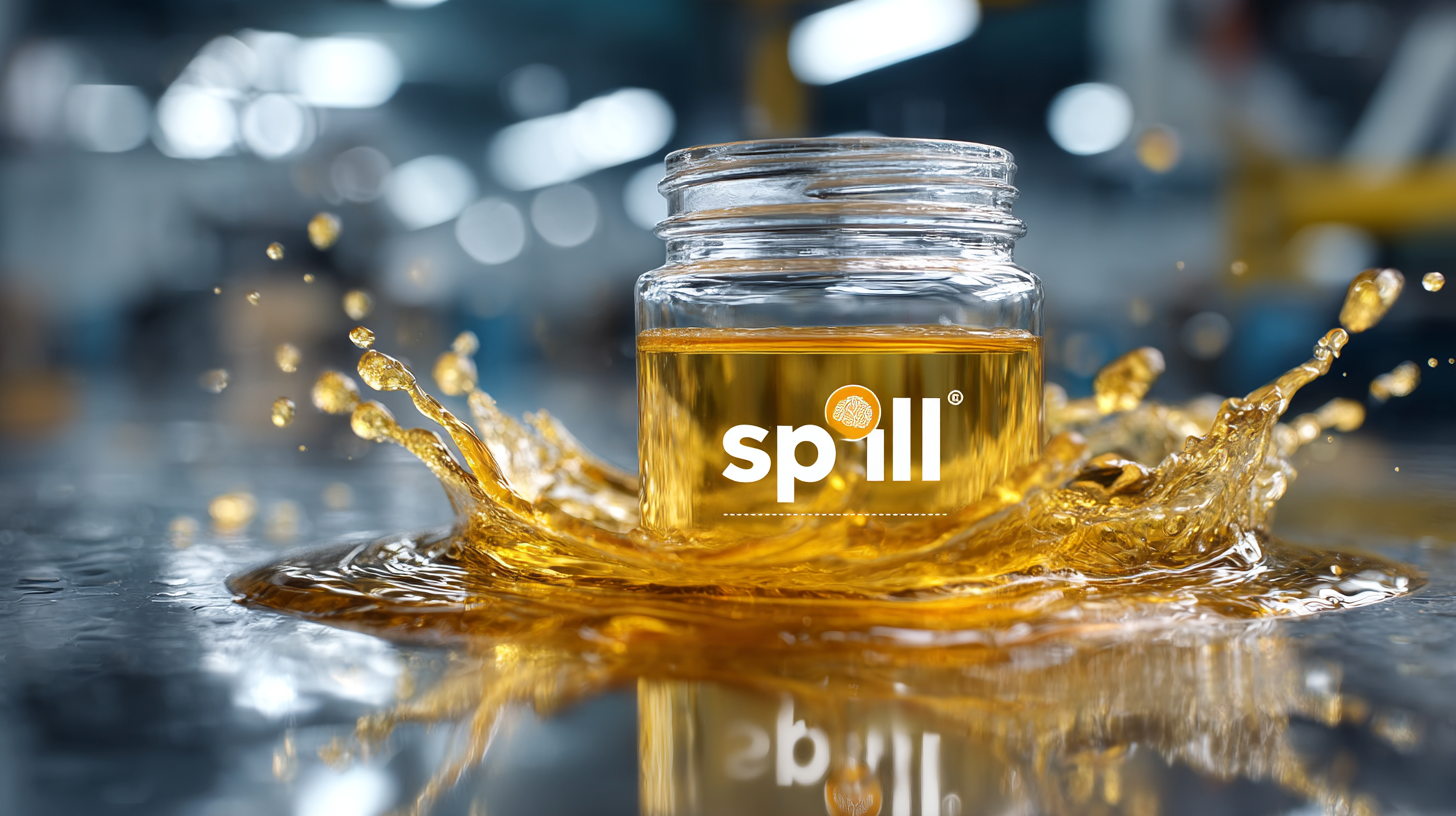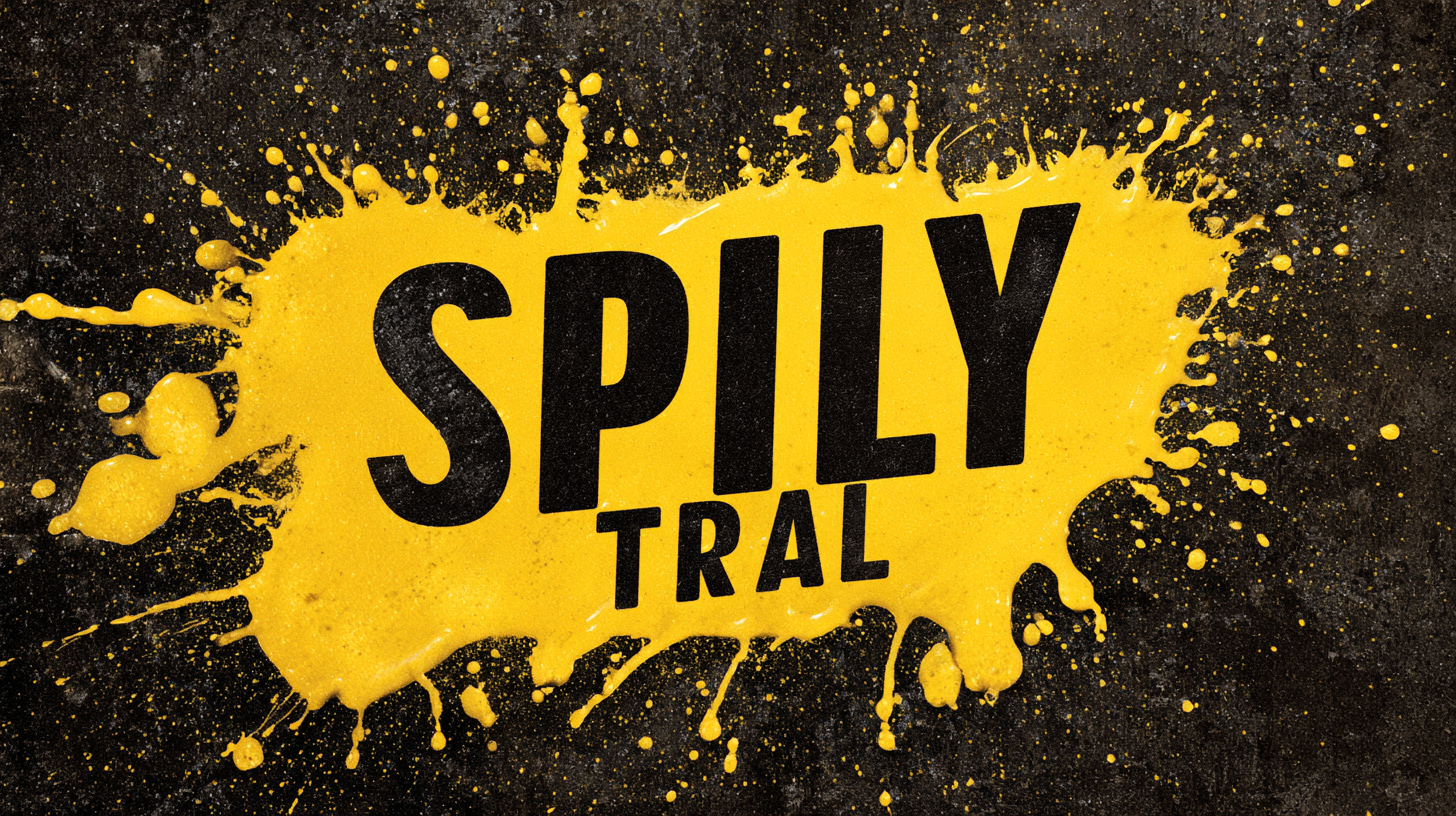Revolutionizing Spill Management The Definitive Guide to the Best Spill Tray Innovations by 2025
In recent years, the demand for effective spill management solutions has surged globally, driven by an increasing focus on safety and environmental protection across various industries. According to a recent industry report by MarketsandMarkets, the spill containment market is expected to grow from $1.2 billion in 2020 to $1.8 billion by 2025, highlighting the critical role of innovative products such as spill trays.

These specialized trays are imperative for preventing hazardous materials from contaminating work environments and waterways, ensuring compliance with stringent regulations. As manufacturers in China continue to revolutionize spill tray designs and materials, the advancements made by 2025 will set new standards in efficiency and environmental responsibility.
This blog will provide an in-depth exploration of the best spill tray innovations anticipated to reshape the market, empowering industries to enhance their spill management strategies effectively.
Innovative Materials and Their Impact on Spill Tray Durability
The evolution of spill trays is a testament to advancements in material science, significantly enhancing spill management solutions in various industries. According to a recent report by the Global Spill Control Association, spills account for over 30% of industrial hazards, making the durability and effectiveness of spill containment crucial. By 2025, innovative materials such as high-density polyethylene (HDPE) and reinforced composites are set to dominate the market, offering a blend of resilience and lightweight properties that traditional metal trays lack.

Modern spill trays leverage these advanced materials to withstand extreme temperatures and corrosive substances. Components such as UV-resistant coatings extend the lifespan of spill trays, making them an essential choice for outdoor industrial applications. Research indicates that these innovations not only improve performance but also reduce maintenance costs by up to 25%. Furthermore, the adoption of recycled materials in spill tray manufacturing aligns with growing sustainability efforts, as businesses increasingly seek eco-friendly solutions while addressing regulatory compliance. With these advancements, the spill management industry is on track for a transformation, improving both safety and environmental stewardship.
Advanced Features Enhancing Spill Containment Efficiency
In the realm of spill management, innovative spill trays are transforming the efficiency of containment procedures. With advanced features that focus on maximizing reliability, these innovations are pivotal in various industrial settings. For instance, some modern spill trays come equipped with integrated sensors that detect liquid levels, allowing for real-time monitoring and reducing the risk of overspills. This proactive approach ensures that containment systems are always prepared to handle potential leaks.
When selecting spill trays with enhanced features, consider investing in those made from durable materials that resist corrosion and degradation. This not only prolongs the lifespan of the trays but also reduces the risk of failures that lead to costly cleanups. Additionally, look for spill trays that offer easy accessibility for maintenance and cleaning, as well-maintained equipment is essential for effective spill management.
Another crucial tip is to prioritize trays with modular designs. These designs allow for easy expansion and customization based on specific operational needs. When your spill management system can adapt to various situations, it ensures that you’re equipped to handle any unforeseen incidents efficiently. By leveraging these advanced features, businesses can create a more resilient spill response strategy, safeguarding both the environment and their operations.
A Comprehensive Review of Top Spill Tray Models by 2025
As we look toward 2025, spill management technology continues to make significant strides, with spill trays emerging as vital tools in ensuring workplace safety and environmental protection. Our comprehensive review highlights the top spill tray models designed to effectively contain and control spills across various industries. These innovations include features such as advanced material construction, increased load capacities, and improved drainage systems, making them not only safe but also highly efficient.
One standout innovation to watch is the introduction of smart spill trays that integrate IoT technology for real-time monitoring. These trays can alert users to potential spills and provide data analytics on containment effectiveness. Additionally, eco-friendly materials are becoming increasingly popular, catering to organizations' commitment to sustainability. Our deep dive into these models demonstrates their adaptability and crucial role in minimizing risks and responding promptly to spills, solidifying their status as indispensable assets in modern spill management.
Best Practices for Choosing the Right Spill Tray for Your Needs
 When it comes to spill management, selecting the right spill tray is crucial for safety and compliance in various industries. According to the latest report from the Environmental Protection Agency (EPA), improper spill management costs U.S. companies over $20 billion annually in cleanup and liability costs. Therefore, choosing a spill tray that meets specific needs can significantly mitigate risks and enhance operational efficiency.
When it comes to spill management, selecting the right spill tray is crucial for safety and compliance in various industries. According to the latest report from the Environmental Protection Agency (EPA), improper spill management costs U.S. companies over $20 billion annually in cleanup and liability costs. Therefore, choosing a spill tray that meets specific needs can significantly mitigate risks and enhance operational efficiency.
Tip: Consider the material of the spill tray. High-density polyethylene (HDPE) is often recommended due to its resistance to harsh chemicals and UV rays, making it an ideal choice for both indoor and outdoor use. Additionally, ensure the spill tray has adequate capacity to handle potential spills while adhering to your facility’s regulatory standards.
Another essential factor is portability. Many businesses benefit from lightweight, stackable trays that can be easily moved to different locations as needed. A recent study by SpillTech indicates that companies with mobile spill management solutions report a 35% reduction in response time during spill incidents.
Tip: Always evaluate the design features such as built-in sumps, ramps, or grates that facilitate easy cleaning and maintenance. These features can enhance functionality and increase the lifespan of your spill management equipment, making them a worthwhile investment for your operations.
Future Trends in Spill Management Technologies and Solutions
The landscape of spill management is poised for transformative change by 2025, driven by innovative technologies and solutions designed to enhance efficiency and responsiveness. According to a recent industry report by MarketsandMarkets, the global spill containment market is projected to reach $3.5 billion by 2025, reflecting a compound annual growth rate (CAGR) of 4.8%. This growth is indicative of the increasing regulatory pressure on industries to adopt effective spill management protocols and the need for advanced solutions to mitigate environmental impact.
Emerging trends in spill management technologies are focused on smart spill trays integrated with IoT capabilities. These advanced systems not only monitor the presence of spills in real-time but also notify maintenance personnel through mobile applications. A study from Frost & Sullivan highlights that such innovations can reduce spill response times by up to 30%, significantly minimizing potential liabilities and environmental damage. Moreover, the incorporation of sustainable materials in spill tray fabrication is gaining traction, aligning with global sustainability goals while ensuring reliability and durability in various industrial applications.
Revolutionizing Spill Management: The Definitive Guide to the Best Spill Tray Innovations by 2025
| Innovation | Material | Load Capacity (liters) | Features | Expected Adoption (% by 2025) |
|---|---|---|---|---|
| Smart Spill Tray | Polyethylene | 150 | Integrated sensors for spill detection | 70% |
| Eco-friendly Spill Containment | Biodegradable composite | 100 | 100% biodegradable materials | 60% |
| Collapsible Spill Tray | Aluminum | 200 | Space-saving design for transport | 50% |
| Auto-Empty Spill Tray | Steel | 300 | Automated draining feature | 40% |
| Modular Spill Tray System | Reinforced plastic | Variable | Customizable sizes | 55% |